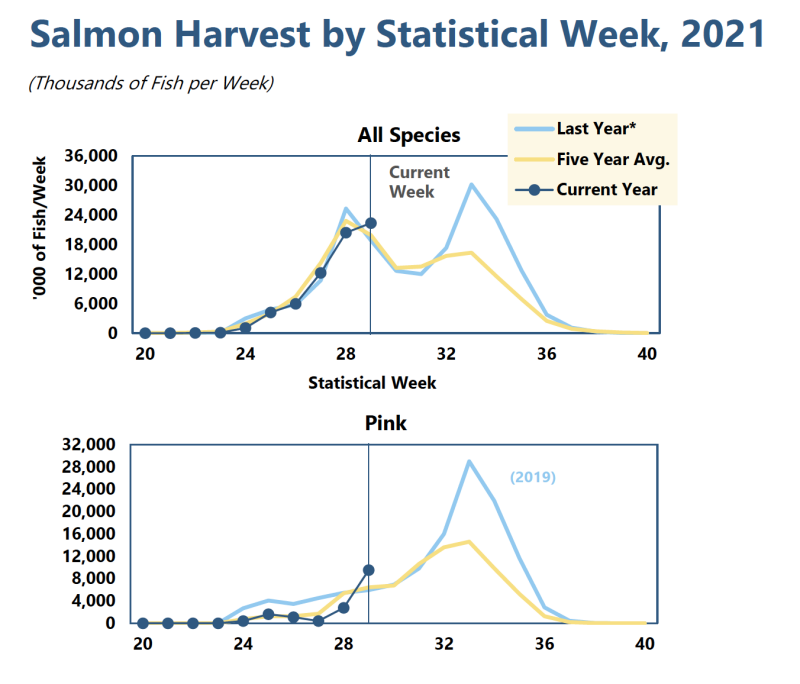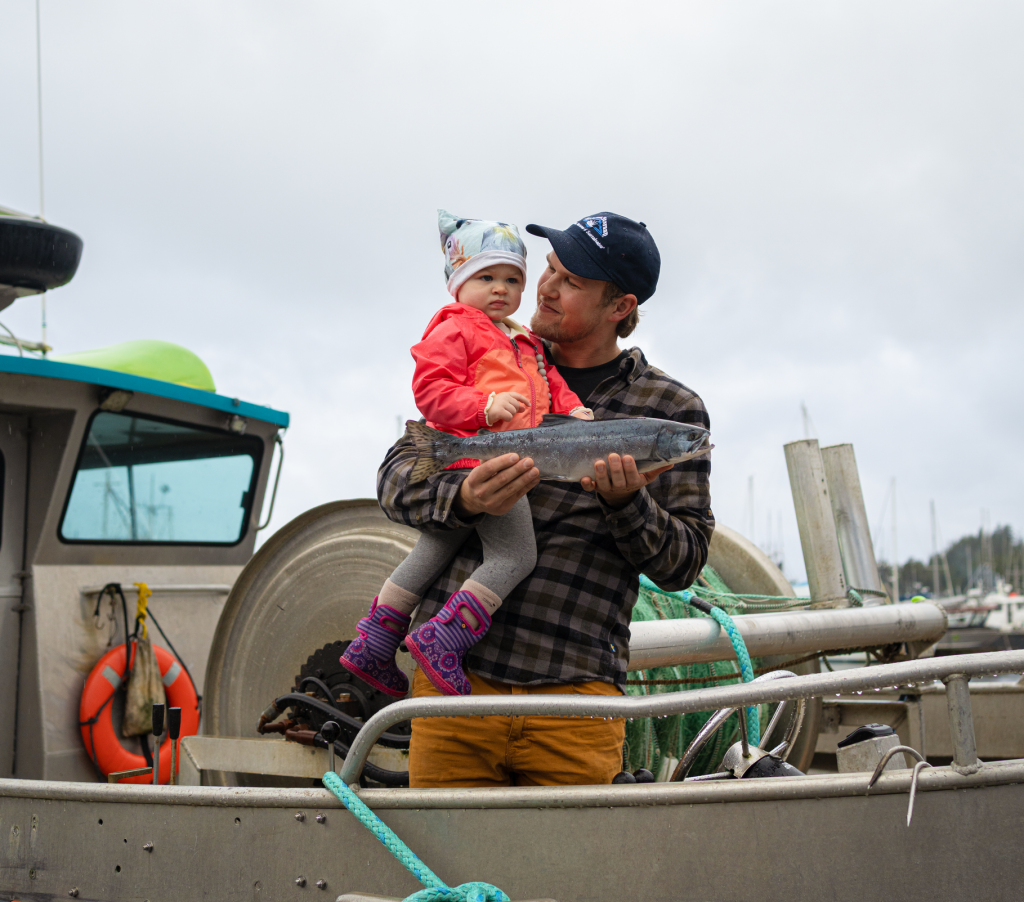As of Friday, July 17, Alaska’s salmon harvest continued to pick up steam, including the season’s largest weekly harvest.
A bump in pink salmon landings was driven by the Prince William Sound region, where pink hauls are up 21 percent over the pace set in 2019. In other regions of the state, harvests are currently well behind the 2019 pace for pinks, which typically produce big returns in alternating years. The harvest also tends to peak later in the summer.

The sockeye harvest, centered in Bristol Bay, appears to have peaked two weeks ago.
“Bristol Bay sockeye currently represent 82 percent of the sockeye and 56 percent of all salmon harvested so far across Alaska,” said the McKinley Research Group Report created in partnership with the Alaska Seafood Marketing Institute.
Bay fleets had hauled a remarkable 99 percent of the region’s preseason forecast for 46.5 million sockeye salmon with a few weeks left to go in the season.
The prior week, Bristol Bay’s Nushagak District topped 1 million fish per day for seven consecutive days and edged the 2 million mark several times. The boom harvest had also spread out to other rivers across the bay. The only damper on yet another year with strong sockeye returns is a smaller average fish size at 4.5 pounds, compared with 5.1 last year.
Returns for silvers, kings and keta (chum) salmon still lag well behind the five-year average. Silvers and kings are also behind last year’s landings.
Keta landings were down in the last week, but still tracking 23 percent above the 2020 totals so far, mostly around the Alaska Peninsula and Prince William Sound.







